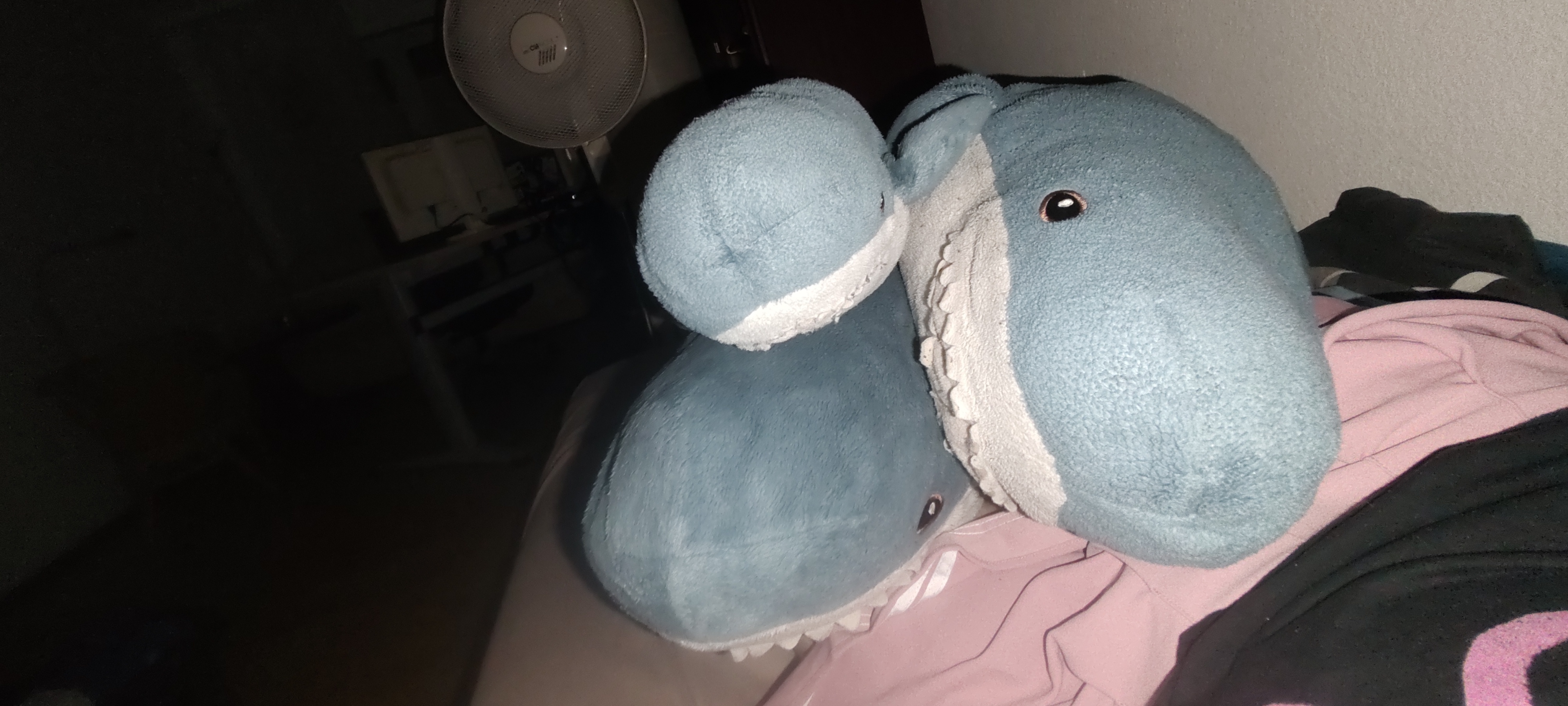For me, my high bar that I have yet to beat, was the time I pivoted the running OS (ubuntu) into RAM over SSH so I could unmount and image the boot drive without rebooting and loading a live USB (Which would have required a ticket with my provider to enable IPMI)
exiting out of vim
NixOS in a VM for a few weeks and made it how I liked, copied that VM to server to VNC in (laptop battery was suffering), kept customising until i had it nice… and then when it came to wipe my laptop for the nixos setup, I was bit scared.
But low and behold,
nixos-build switchand then it was all there, just like the VM. Fucking amazing.When I actually get an awk/sed command to work.
I’ve had the 1980’s awk book seemingly “forever”, but use awk so infrequently I always need to look things up.
Ubuntu like 10 years ago, drop to terminal (Ctrl+Alt+F5 or something),
vlc video.mp4Aand it started playing it with ASCII graphics. MagicI made a custom Linux image to run inside a web browser. No particular distro, just a Linux kernel (compiled with a custom configuration to produce a tiny binary), a shell, and a few small apps.
When reading from the filesystem, it made HTTP requests for each file (+ browser caching), so no need to load a disk image all at once. IIRC, I got the cold boot time down to <1 second (after assets were already cached from a previous load though).
I also got NixOS to run in the browser, but even after stripping out as much as possible, it was still really slow due to systemd. (I’m not a systemd hater, resources are just very limited when running this way.)
I used an x86 emulator called v86. It’s a very cool project 🙂
Honestly, im suprised everytime I blindly follow an online tutorial, copying and pasting like a madman, and my hard drive isn’t wiped.
I used the aircrack-ng tools to capture wep packets and decrypt my neighbors WiFi because I was broke and needed internet to study back in college…I was a total noob (still am) and when I saw the password in the terminal I felt like I was a total hackerman. It was great!
Not quite as impressive, but I somehow fucked up something with my bootloader lately and couldn’t boot anymore into my main drive. Loaded up a live usb stick and made a new ESP partition, arch-chroot and grub-install/grub-makecfg and it worked again.
Yes, I just followed a guide, but I am still fascinated this just worked on the first try.
Once upon a time I was installing Linux on a tiny little laptop, whose brand name I’ve forgotten. It was probably a Lenovo. Anyway, it was extremely difficult to install anything on it, and they went to great lengths to make sure no one would be able to install Linux on it. I spent an entire day messing around with the grub terminal, and began to suspect that it had a built-in cut off for the USB port during boot. I think I saw some log output to that effect, but I couldn’t find any way to disable it. After some thought, I got back in grub, unplugged the USB stick that I was installing Linux from, and plugged it back in. The laptop detected and mounted the external drive and I tried to install again.
Worked perfectly.
That this worked when I did it in 2006:
wine ~/.wine/drive_c/Program\ Files/Warcraft\ III/Frozen\ Throne.exe -openglWine still feels like magic in 2025
Yes! It used to be so hit or miss with Wine, but I played WoW in it around the same time and it was crazy that it worked (at least most of the time).
Yet in 2025 w3c is a pain in the ass
In the early 2ks, computer were ugly grey box with noisy fan and a hard drive that gave the impression a cockroach colony were trying to escape your case. I wanted to build a silent computer to watch Divx movies from my bed, but as a broke teen, I just had access to disposed hardwares I could find there and there.
I dismantled a power supply, stuck mosfets to big mother fucking dissipator, and I had a silent power supply. I put another huge industrial dissipator on CPU (think it was an AMD k6 500Mhz) and had fanless cooling. Remained the hard drive.
Live CD/USB weren’t common at that time. I’ve discovered a live CD distrib (I think it was Knoppix) that could run entirely from RAM.
I removed hard drive, boot on live distrib, then replace CD by my Divx and voila.
Having a fanless-harddriveless computer was pure science fiction for me and my friends at that time.
computer were ugly grey box with noisy fan and a hard drive that gave the impression a cockroach colony were trying to escape your case.
I miss it so much
When the whole shebang of piping/redirection landed, thinking of all the possibilities!
Moving from old to new Laptop by piping /dev/sda3’s content through netcat and into /dev/nvme0n1p3
Using dd to move-resize a partition by writing down the cylinder numbers and moving it piece by piece like some Tower of Hanoi. Wanted to add more space to my root after deleting the Windows partition, which happened to be first. There is apparently no built-in command to do that.
Booted up fingers crossed and everything worked.
I always liveboot debian and just use Gparted, faster than figuring out the commands manually, and much less risky
How did you do it? Did you run a live distro on the new laptop to receive and overwrite the SSD ?
Livebooted (Arch) on both, I think you can even remove the install media after it copied itself to RAM, though I’m not sure (especially with Ventoy in between).
2 that stand out to me:
When I successfully got virtualbox to boot my windows xp partition inside Linux because I needed to run some software for school.
When I figured out how to use qemu-nbd to mount a qcow2 image backed by a physical block device in order to run non-destructive filesystem repair and file recovery with test disk. Did that for a while for my university IT help desk to quickly save files off failing disks.
Piped the ps2 usb camera /dev/video0 to nc. Reverse port fwd’d to my router 200 miles away, and got vlc 200 miles to connect to that port and it worked. No rtsp or server required
And now we have a new streaming service 🤔 Really nice.
I was thinking that by now, we should have enough bandwidth to stream webcams straight to each other without HLS or WebRTP or whatever. Just make the device available over a port or, as you did, cat it to another PC and voilà. Actually, why don’t we stream raw camera feeds?
Most devices will give you the latest frame on a read essentially. VLC accepts a tcp:// address and interpreted it correctly somehow. The raw bandwidth on the potato 320x240 or whatever was peanuts, but even if you didn’t get all the frames per second the device will discard old frames and you got the latest frame anyway. So pretty cool indeed. Doesn’t really multicast though. For that I suppose you could netcat to local multicast address and then connected to that same address, but I’ve never tried it. VLC may not receive the headers that a read may open with would be my suspicion









